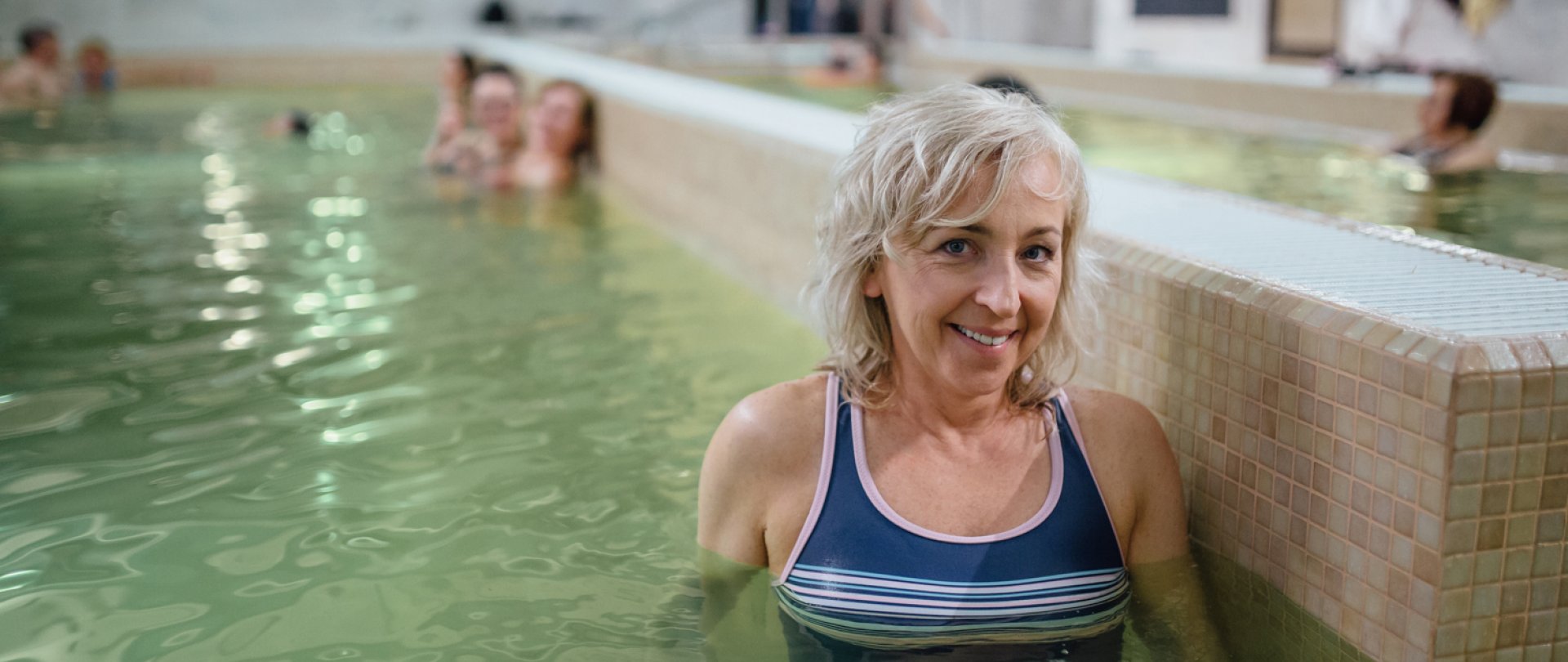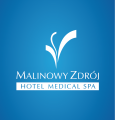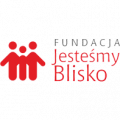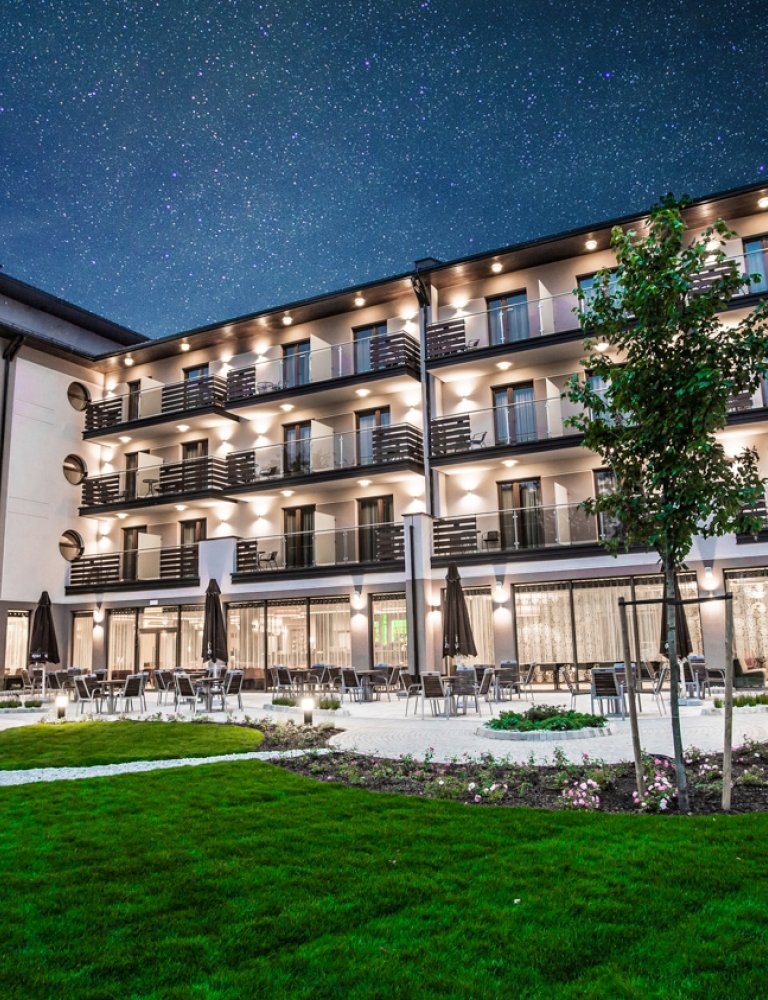The strongest sulphide brine in the world, which we use for treatment at the Medical Center comes from the “Malina” borehole in Solec Zdrój. According to the classification, it is strongly mineralized sodium chloride (brine) sulphide, bromide, iodine, boric water with the highest content of active sulphur compounds in the world.
The potency of balneological treatments depends on the concentration of active sulphur compounds in water. Use in the treatment of springs of medicinal waters containing high concentrations (over 100 mg / 1L) of sulphur compounds ensures the best therapeutic effects in a spa treatment.
Like any stimulus treatment, it requires a series of treatments, and the therapeutic effects last about a year after the end of treatment.
| Spring location | % mineralization | sulphur compounds per 1L |
|---|---|---|
| Swoszowice | 2,64% | 70,04 mg H2S/1L |
| Krzeszowice | 0,28% | 6,00 mg H2S/1L |
| Horyniec | 0,75% | 23,00 mg H2S/1L |
| Busko-Zdrój | 1,40% | 50,00 mg H2S/1L |
| Solec-Zdrój „Malina” | 3,10% | 788,2 mg H2S/1L |
Sulphur and the human body
Sulphur, which is a non-metallic chemical element, is found in all cells of the human body, especially as an important component of the protein structure. An adult person’s body contains about 100 g of sulphur. Sulphur is one of the macronutrients necessary for life and occupies a leading position on the list of mineral macronutrients needed by the human body.
Note that sulphur deficiency can be very harmful to the health
The easiest way to recognize it is by the following symptoms: hair become brittle and fall out, the skin loses its firmness and becomes pale, psoriasis and brittle nails. However, sulphur deficiency also affects our emotional states. When this element is lacking in the body there may be feelings of anxiety, fatigue, problems with vision and joint discomfort.
Sulphur can be very easily and effectively delivered to the body through baths
Sulphur can be supplemented by consuming food products, and most of it contains, among others, meat, giblets, poultry, fish, eggs, milk and dairy products, horseradish, cabbage, cauliflower, watercress.It is also found in: asparagus, avocado, broccoli, celeriac, black and red currants, pumpkin, corn, figs, peas, beans, lettuce, marjoram, onion, oats, parsnip, pears, potatoes, radishes, turnips, soy and tomatoes.
Treatment with sulphide healing waters is widely known and has been used in spas for centuries. Balneology applies, among others in the treatment of rheumatic diseases and post-traumatic motor organs, gastrointestinal and respiratory tract, metabolism, industrial poisoning and the nervous system.





























